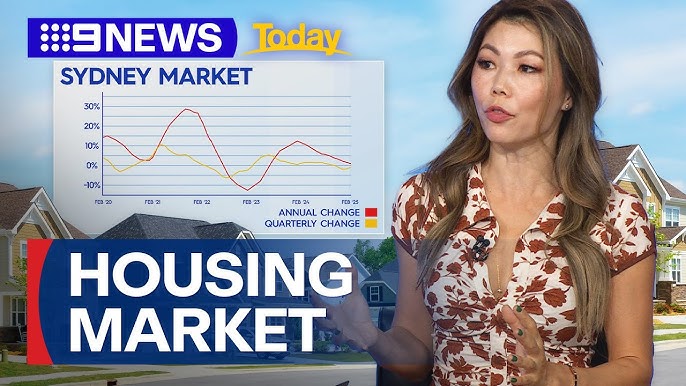PHOTO: Housing market
The housing bubble predicted by many to burst is unlikely to occur unless there is mass unemployment. Even then, government intervention similar to that seen with the initial COVID-19 response, including mortgage and wage subsidy schemes, will substantively reduce the negative impact.
Moreover, there are four major underpinning catalysts upholding housing demand in the near term, while also limiting potential downward corrections over the long term.
The four underpinning catalysts for New Zealand:
1. Low interest rates remain as one of the most potent housing catalysts
So long as interest rates remain at ultra-low levels, and the reserve bank continues to indicate stability or potential further declines, the housing market will continue to see very strong momentum.
Recent subtle conversations related to Australian banks’ preparations for potential negative interest rates also influence the market perception that rates will drop further rather than trend upward over the next 12-18 months.
Historically, interest rates are a leading indicator for the residential housing market. Keeping them low is a remarkably potent tool for retaining housing demand, especially among investors and first home buyers.
2. Extremely limited housing stock upholds price stability
The COVID-19 lock-down, which has had enormous benefit to the health and safety of Kiwis, unfortunately has also had negative impact on new housing builds. Moreover, even approved housing projects were dramatically slowed and most are now well behind schedule.
This decline of new housing starts combined with an unusual boost to short term immigration for numerous Kiwi returnees over the past few months, intensified the competition among investors. Similarly, existing home owners and investors also remain undeterred, tightly holding their current properties since few better alternatives exist.
Unless there is a dramatic near term expansion of new housing, or new incentives arise for existing owners to sell, housing inventories will remain low for the foreseeable future.
3. Investors have limited alternative yield options
For many years economists in New Zealand have urged people to move away from housing investments to other vehicles including the share market. The 23-March drop for nearly every NZX offering discouraged long term investing in the share market and forced more Kiwis to seek the perceived safety in housing.
Besides this early flight of capital out of the share markets, there is also a growing trend for departure out of Bank term investments. As many Kiwi term deposits now arrive at their maturity dates, the new interest rate yields fail to encourage long-term reinvestment.
There are a substantial number of Kiwi investors playing a “wait and see” game with the volatile markets, utilising short term bank deposits or sitting on cash they withdrew in March and April.
Moreover, a significant number of first home buyers are also sitting in a “wait and see” stasis, as they optimistically hope for a market correction before investing.
It is valuable to understand that these numerous capital flights are the result of incredibly poor yields and significant market instability, and now combine with high house prices and low inventory.
The conjunction of all of these catalysts creates unnaturally aggressive market forces driving the current housing demand.
4. Kiwis have learned from history that housing is a safer investment
The fourth catalyst driving current housing demand, and very likely to drive this demand for at least another generation, is the enculturated ideology that housing is the safe haven in stormy market conditions.
Investors traditionally have solid memories of economic upheavals. Many Kiwi investors still recall the stark economic upheavals in the 1980s, the end of credit rationing and labour market reforms in the 1990s, and fears of Bank failures stemming from the 2008 GFC.
Therefore, an important underlying catalyst and driver of investment sentiment in New Zealand is economic history. Investors, many of whom are Kiwi families, are all too familiar with historical events, and have a deeply enculturated ideal regarding the safety of housing investment during market turmoil. Unfortunately, this does go against the recommended value found in more diversified portfolios.
This deeply rooted ideology, driven by current market turmoil, is now more than ever engrained in the Kiwi psyche.
Conclusion: housing remains steady when underpinned by core catalysts
These catalysts are underpinning the current housing market both at the superficial reactionary levels as well the deep cultural ideological levels.
Therefore, so long as at least 3 of these 4 catalysts remain steady, so will the housing market in New Zealand.
However, the unnatural reactionary events that are impacting all markets also enable the plausibility of sudden negative shifts. Any decision to invest in such a volatile environment requires substantive diligence and ongoing reassessment of the core four catalysts.
In the near term, with every indicator pointing to housing growth, market instability is plausible only if the government fails to manage the economic impact going forward as the wage subsidy scheme, mortgage holiday, and loan schemes come to an end.
In the long term, New Zealand remains unique as an island nation with less than five million residents and substantial available land and resources. It is far better poised than most nations for improved market conditions over the next decade. Whereas many countries are seeing growing pressures on their resources and land, food capacity, and over population, New Zealand remains uniquely geared to become an important haven in the world.
Therefore, in the current global macro-economic climate, with multiple underpinning catalysts, the housing market remains a reasonable option for investors who have ready capital and also retain a balance of liquid assets to overcome potential short-term market corrections.
Mark Rais is the creator of the think tank Trend Analysis Network, writer for the technology and science industry and volunteer senior editor for an on-line magazine. He has published several books and written numerous articles on the topics of macro-economics, technology and society.
















